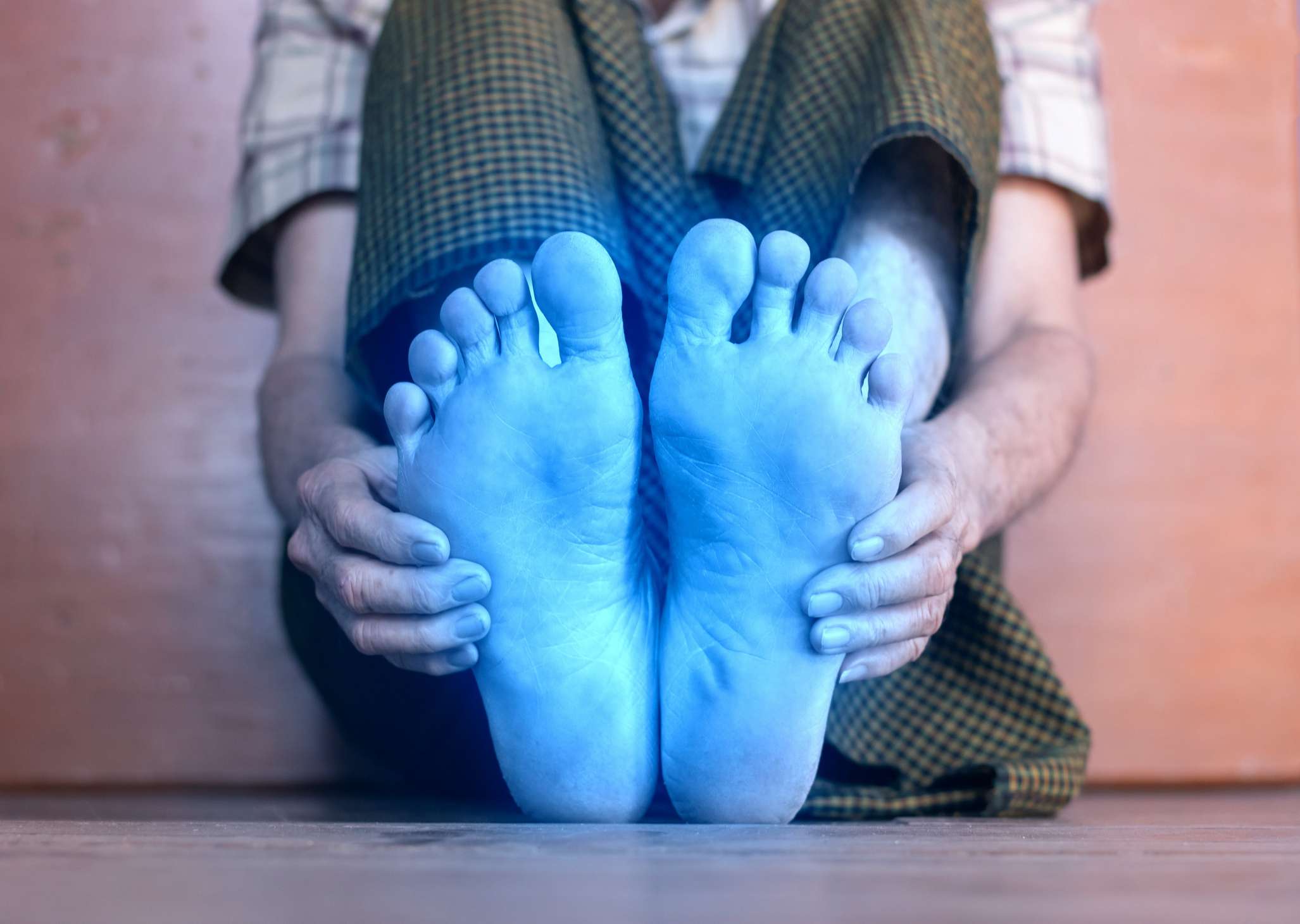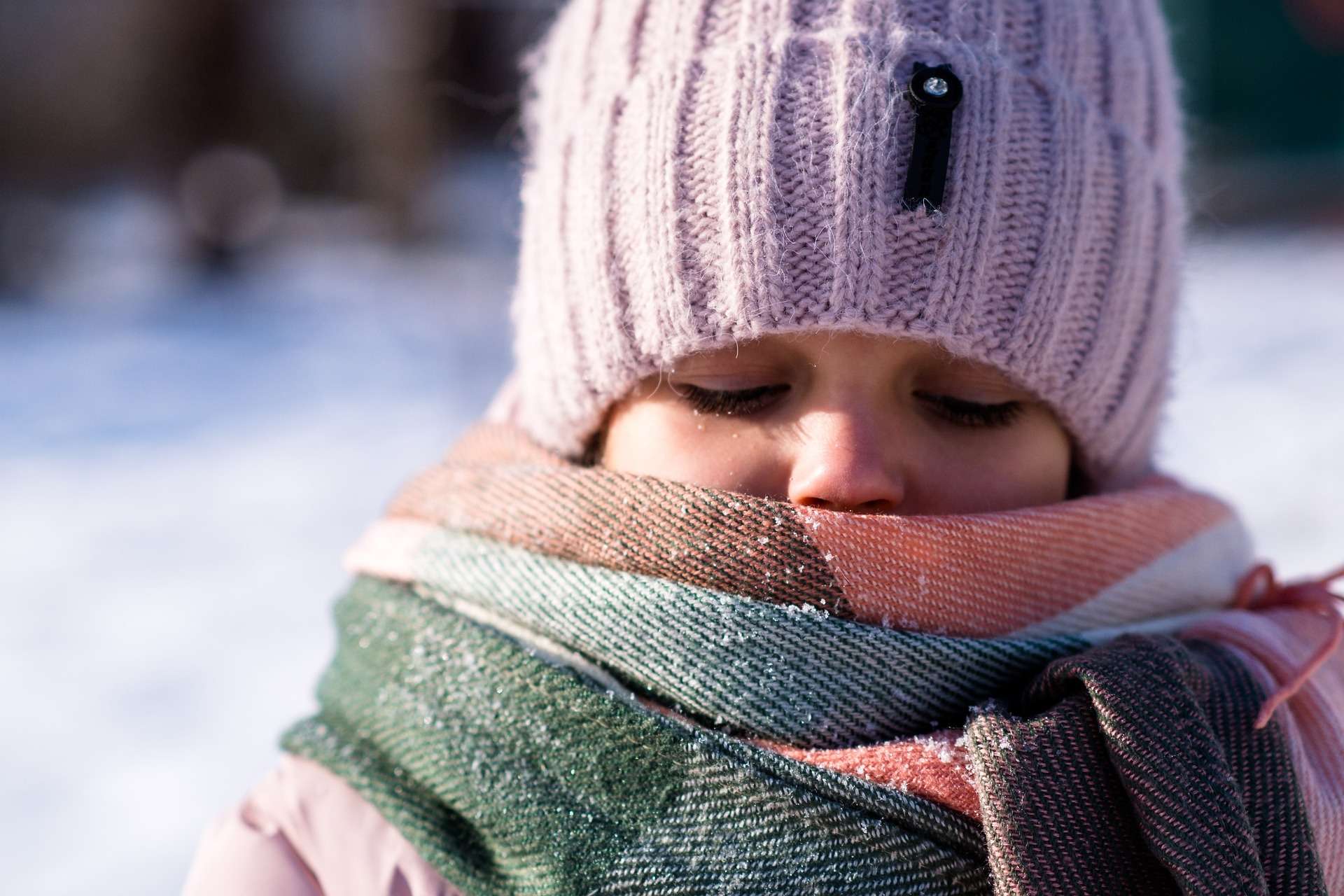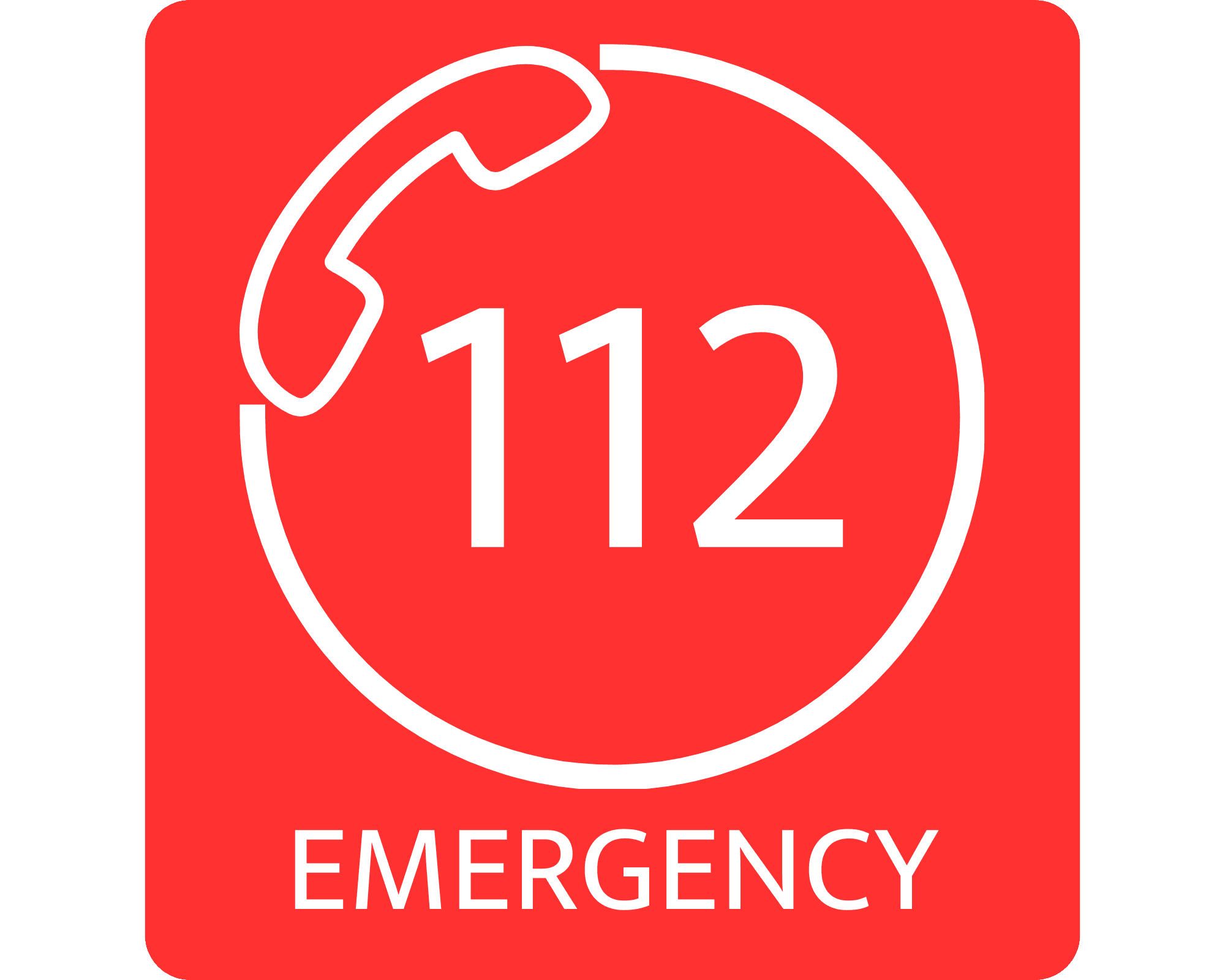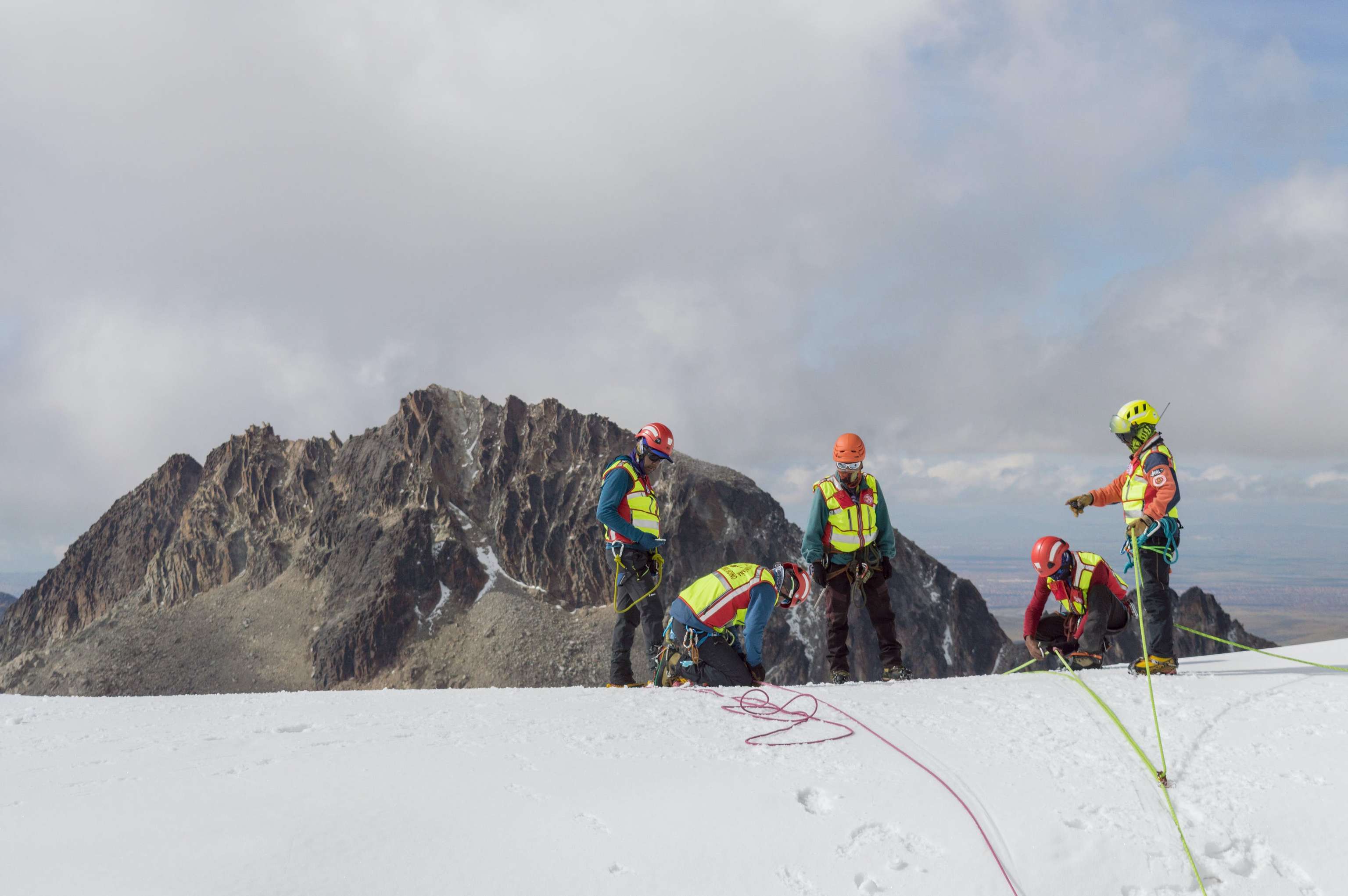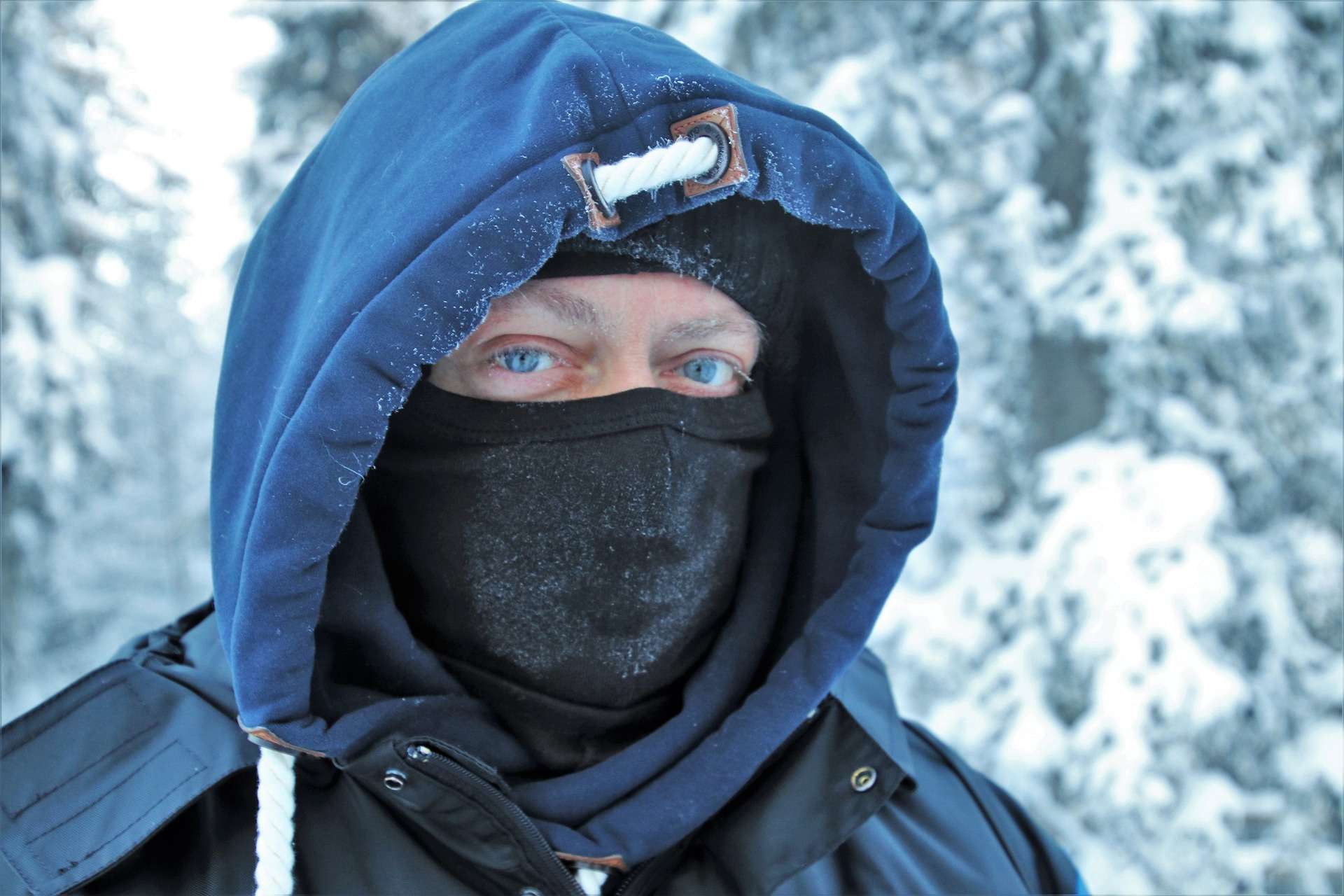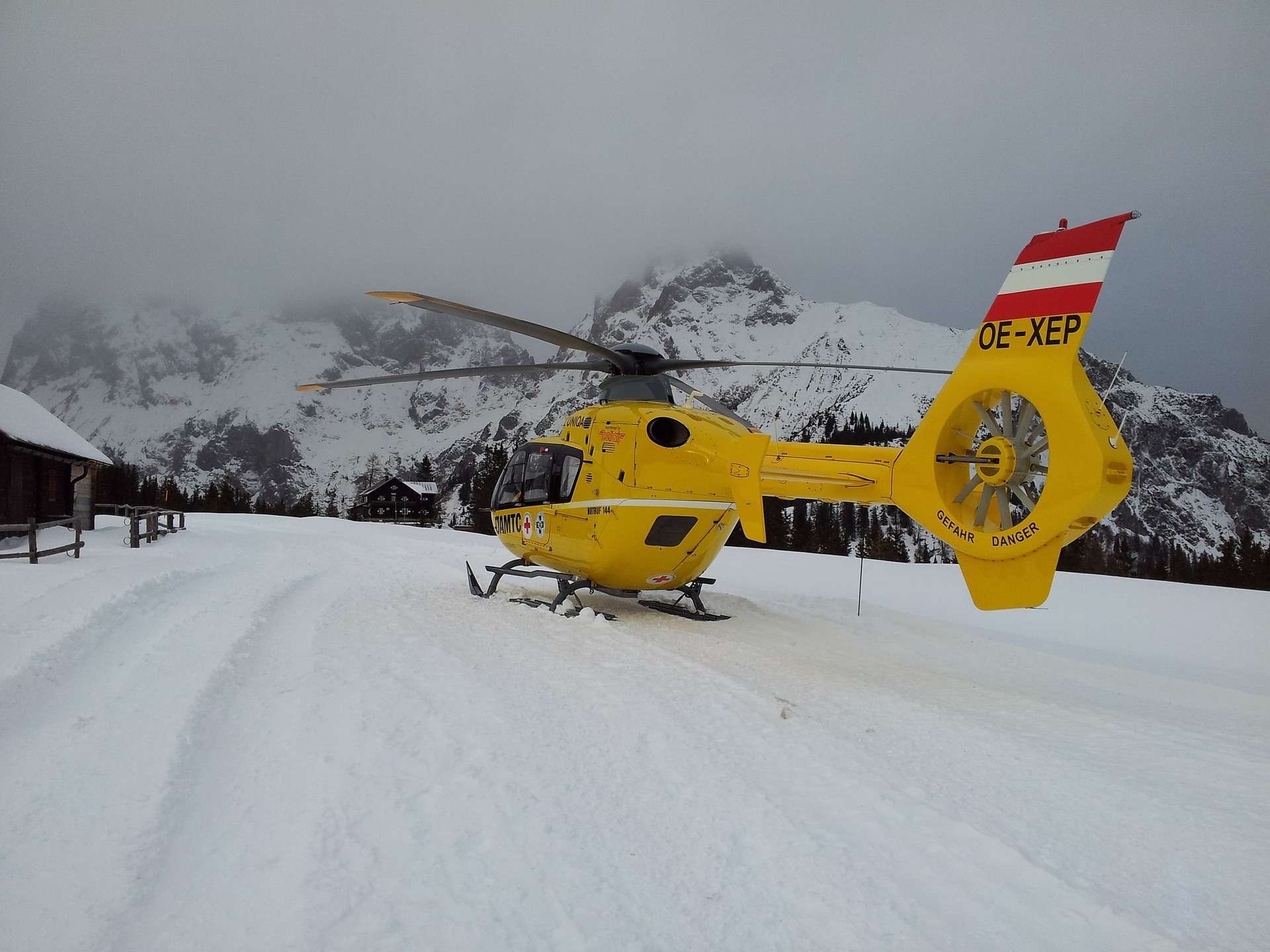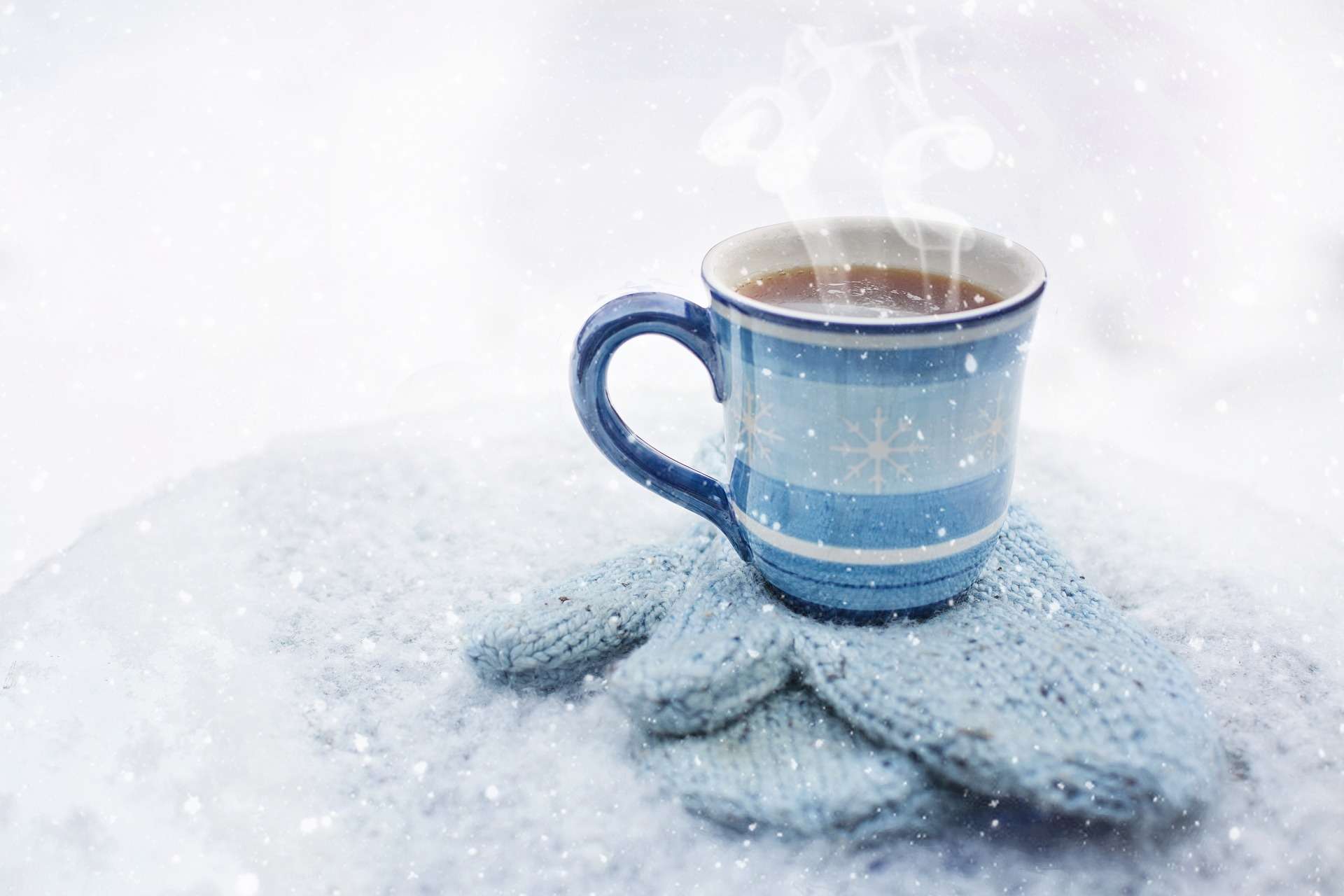Hypothermia - Hypothermia
Definition
Hypothermia is when the body's core temperature falls below 35°C and the body loses more heat than it can produce over a longer period of time. This can happen when we are outside for a long time in winter. A cold home, rain or perspiration can also be the cause of hypothermia. Children, due to their larger ratio of body surface area to body mass, older people and exhausted people are particularly affected. However, impaired people (alcohol, drugs, etc.) also have a higher risk of suffering hypothermia.
Classification of hypothermia
Hypothermia can be divided into three different classes:
| Mild | 35-32°C |
| Moderate | 32-28°C |
| Severe | <28°C |
Depending on the degree and severity of hypothermia, various symptoms may occur, such as shivering, shivering or an increase in blood pressure. In moderate to severe hypothermia, symptoms can range from a slowed heartbeat and reduced breathing to respiratory failure and thus respiratory-circulatory arrest.
Rescue teams at the scene usually classify their patients according to the Swiss classification system, which is divided into the following five stages:
| Stage | Characteristics | Temperature |
| Stage I | Freezing, responsive, clear consciousness | 35-32°C |
| Stage II | Difficult to respond, clouding of consciousness | 32-28°C |
| Stage III | unresponsive, unconscious | 28-24°C |
| Stage IV | Apparent death, no/minimal signs of life | <24°C |
| Stage V | death | <15°C |
Heat regulation of the body and symptoms of hypothermia
The body controls heat processes via temperature sensors. These sensors measure the actual value, which is then compared with a target value. If the actual value is lower than the target value, the body tries to increase the actual value through activity, e.g. shivering. If the actual value is higher than the target value, the body tries to cool itself down, e.g. by sweating. Heat is transported through the blood to all areas of the body. If our body can no longer compensate for the deviations from the setpoint, either hypothermia or fever occurs.
In the case of hypothermia, our body tries to protect the most important organs for as long as possible. This increases blood flow in the trunk of the body and reduces blood flow to the extremities. This phenomenon is also known as circulatory centralization and explains why we usually get cold in our fingers and toes first.
